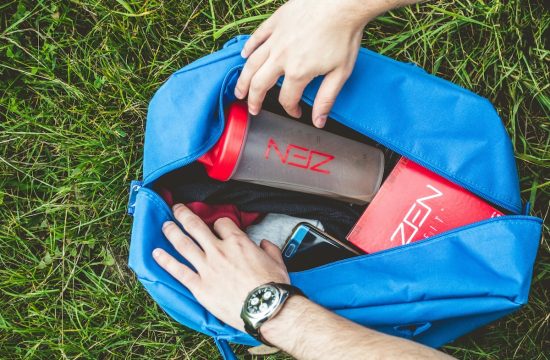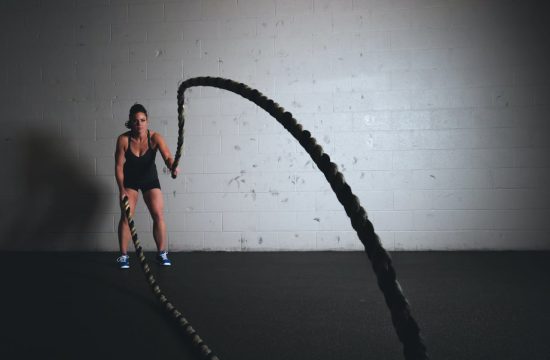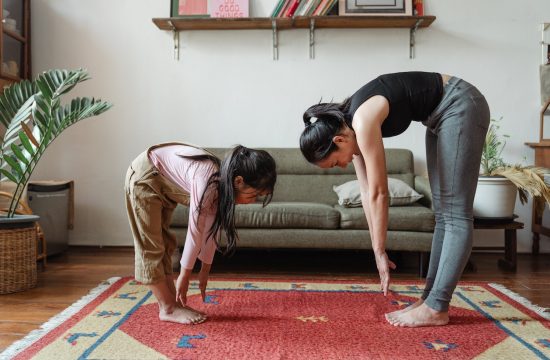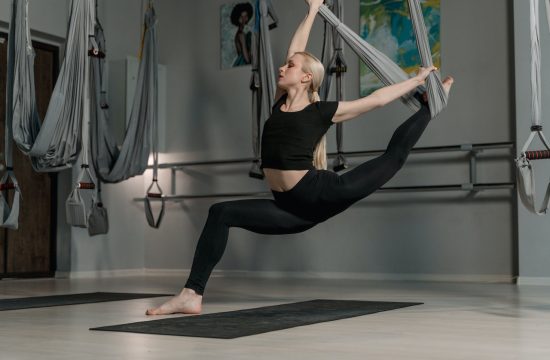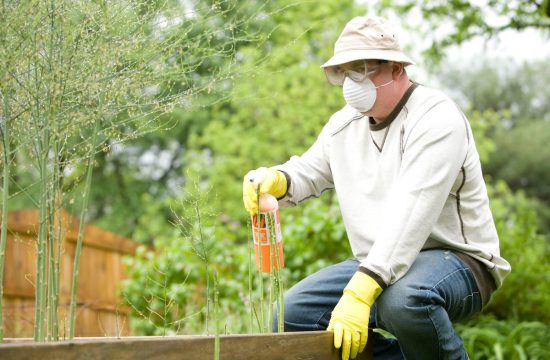The home is supposed to be a safe place where you never have to worry about your children being harmed. Unfortunately, threats abound, and newborns in particular are exposed to hazards that can easily go undetected. Try these solutions to resolve unseen threats and make your home healthier for your kids.
Avoid Toxins Found in Toys and Furniture
Image via Flickr by Felix63
As you set out to make your home a safer place, remember that children consume more air and water in relation to their body weight than adults do. They are thus especially vulnerable to carcinogens, contaminates such as pesticides, and other toxins. For this reason, you should avoid any toys or furniture that contain volatile organic compounds (VOCs).
You may be familiar with the dangers of lead paint as one example of VOCs. However, varnishes, disinfectants, cleaning supplies, and many other products also emit dangerous gases that are associated with adverse health conditions. The risk of VOCs is especially high indoors where concentrations are much higher.
To avoid exposing your children to these substances, keep materials such as perfumes, glue, and cleaning agents in an area that kids can’t easily access — VOCs are released into the air even when these materials aren’t actively being used. Only use cleaners and similar items in well-ventilated areas, and make sure there is ample circulation to clear those gases out of your home. Avoid purchasing fabrics and using items indoors that contain formaldehyde.
Even seemingly harmless toys, such as rubber duckies, may contain polyvinyl chloride (PVC) — a dangerous carcinogen. Check the package. If you see a recycling symbol with the number “3” inside the chasing arrows, the item contains PVC. This substance is also commonly found in mattress cases and covers.
Improve Your Indoor Air Quality
If any children in your family suffer from asthma, there are some unseen hazards that can exacerbate their symptoms. For example, the nitrogen dioxide from a gas stove is especially dangerous for asthmatics and young children. Keep the kitchen ventilated while cooking.
Even if you don’t have a child who suffers from asthma, you should be mindful of how poor indoor air quality can affect your kids. For example, dust mites can be a major problem for anyone with sensitive allergies, so it’s important to select PVC-free mattress encasements and covers/pads. Other factors you need to address to improve your indoor air quality include pet dander, piles of dirty clothes (these harbor mildew), the efficiency of your HVAC system, and your home’s humidity.
Nix These Other Common Toxic Products
You know that you need PVC-free mattresses, but anything with this substance should be avoided completely. There are many other common products that may contain toxins as well. These include:
- Air fresheners
- Household cleaners
- Canned foods
- Bottled water
- Perfumes and colognes
Consumers often bring these products into their homes without a second thought. If you have young children, remember that they are especially susceptible to these dangerous chemicals.
There’s plenty that parents can do to make their homes healthier and safer for their children. Start by following these tips, and remember to be diligent in securing toxic materials and avoiding items that contain PVC and other unsafe compounds.




